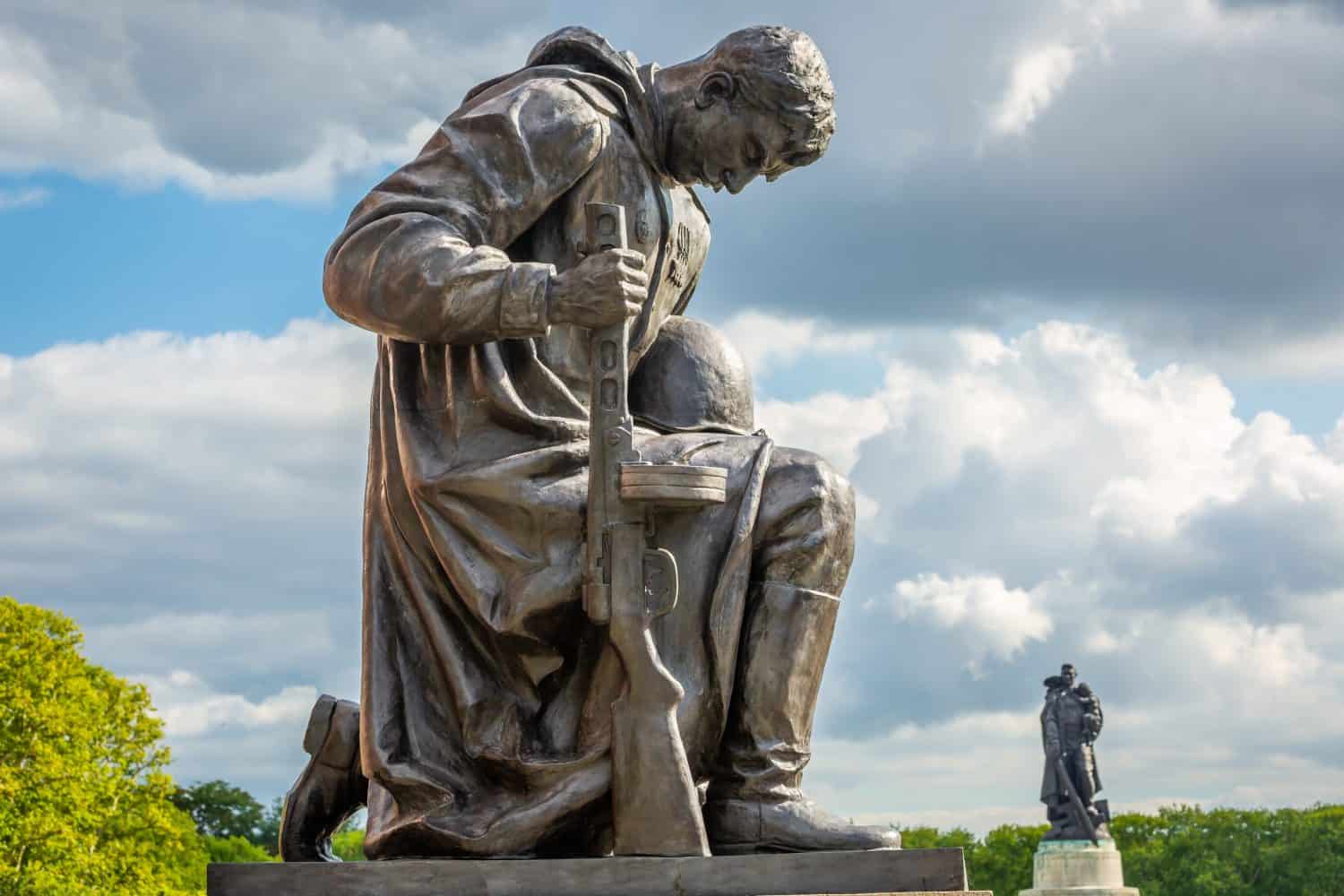
Germany tried twice in the 20th century to conquer Europe and very nearly achieved that goal in World War II. In fact, not since Napoleon did any one country control so much of the continent. Here’s your comprehensive list of Germany’s conquests.
24/7 Wall St. Insights
- The only European countries Germany did not occupy were Iceland, Sweden, Ireland, the UK, Spain, Portugal, and Switzerland.
- Germany even occupied its former allies when they switched sides at a later stage of the war.
- Check out: 2 Dividend Legends To Hold Forever and Discover “The Next NVIDIA
Round 1: World War I
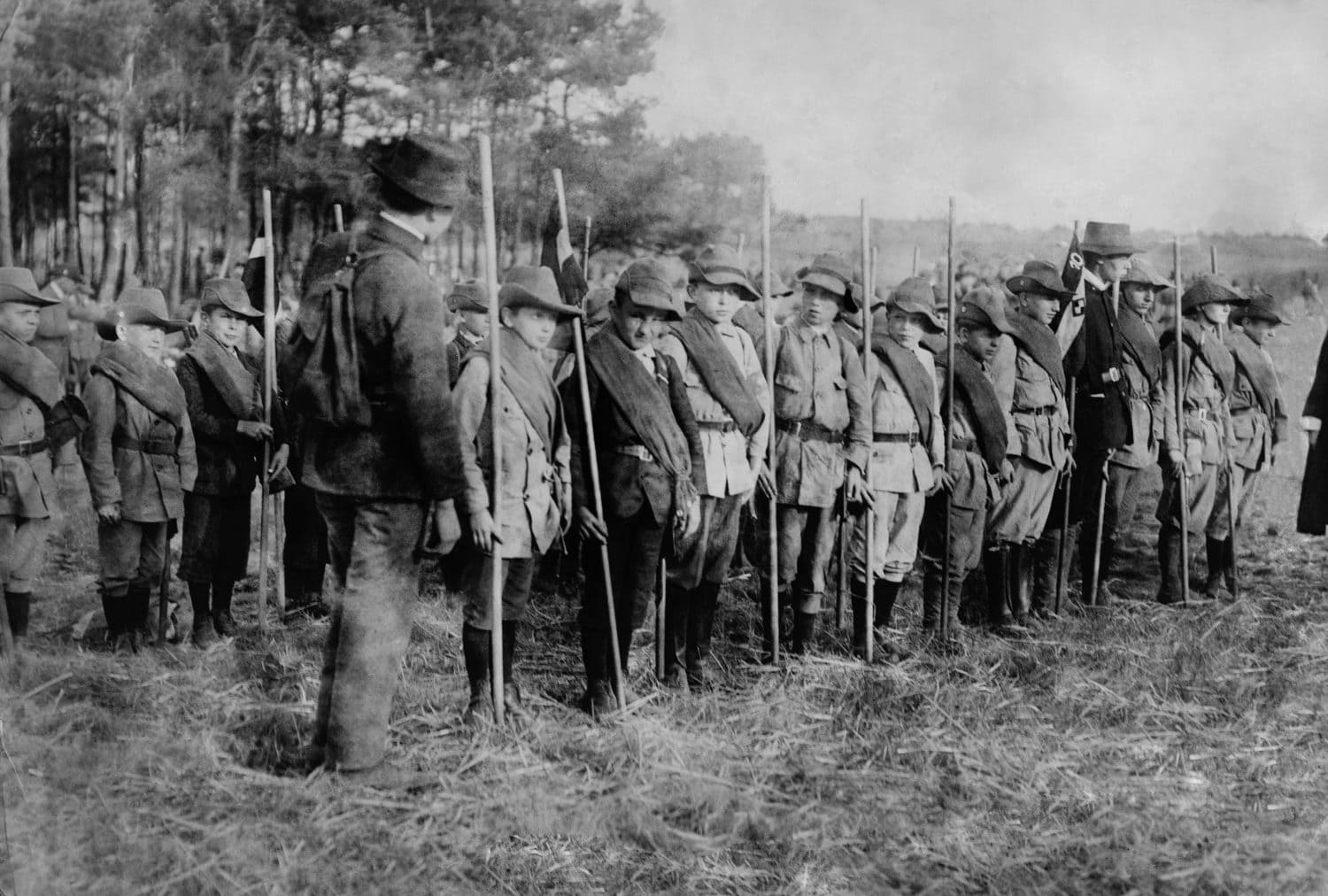
World War I broke out in 1914 as a result of ethnic rivalry between the Austro-Hungarian Empire and Serbia. A web of secret alliances dragged country after country in until the continent was divided between the Allies (chiefly France, the UK, Italy, Russia, and finally the United States), and the Central powers (Germany, Austria-Hungary, Bulgaria, and the Ottoman Empire). Millions died in grinding trench warfare before the Allies finally won in 1918.
The Treaty of Versailles
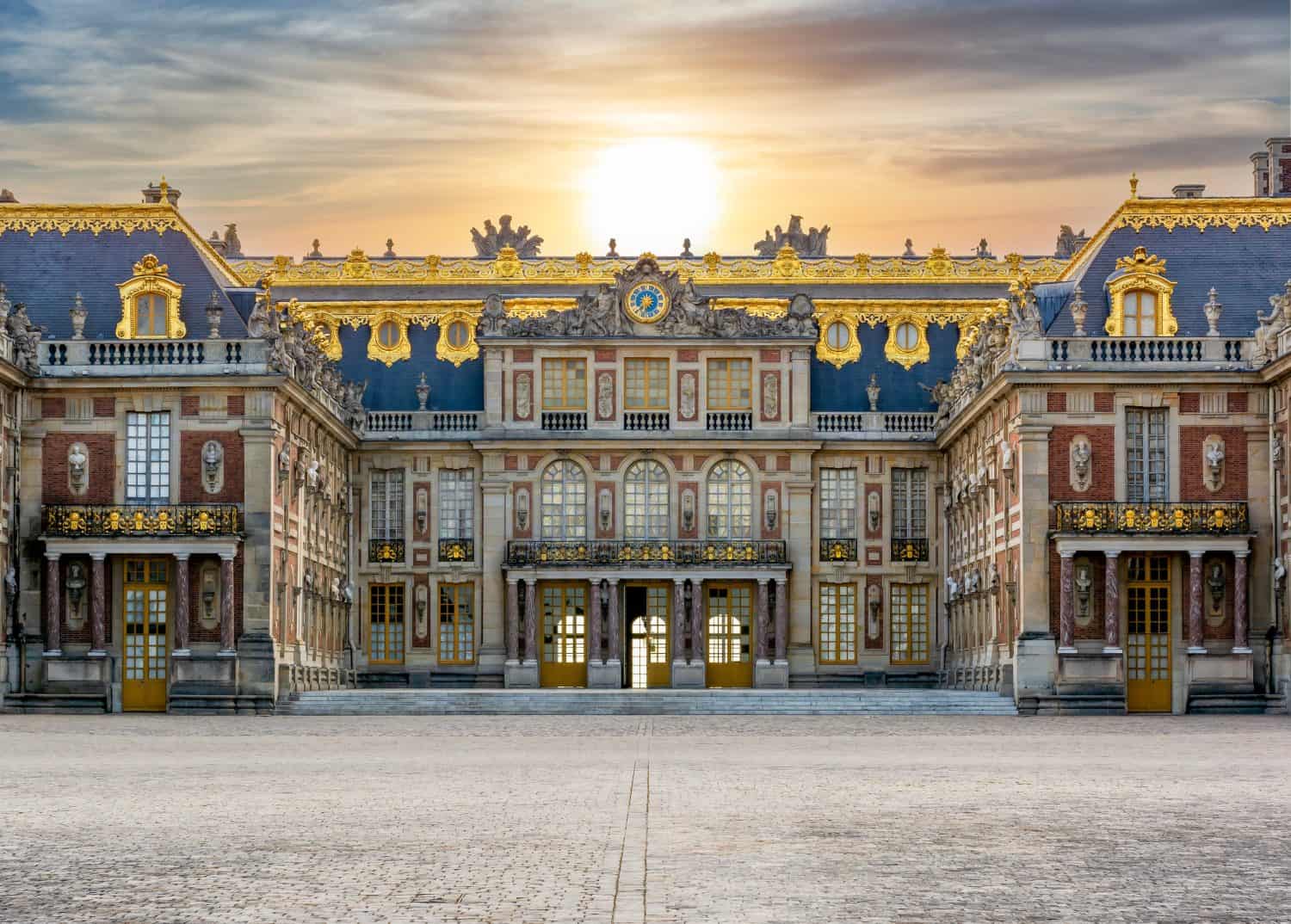
The Treaty of Versailles stripped the defeated countries of their colonies and created new countries from their ethnic minorities. The harsh terms it imposed on Germany in particular created great suffering and resentment and set the stage for the rise of Adolph Hitler and his promise of retribution and a new era of glory for Germany.
Prelude to War
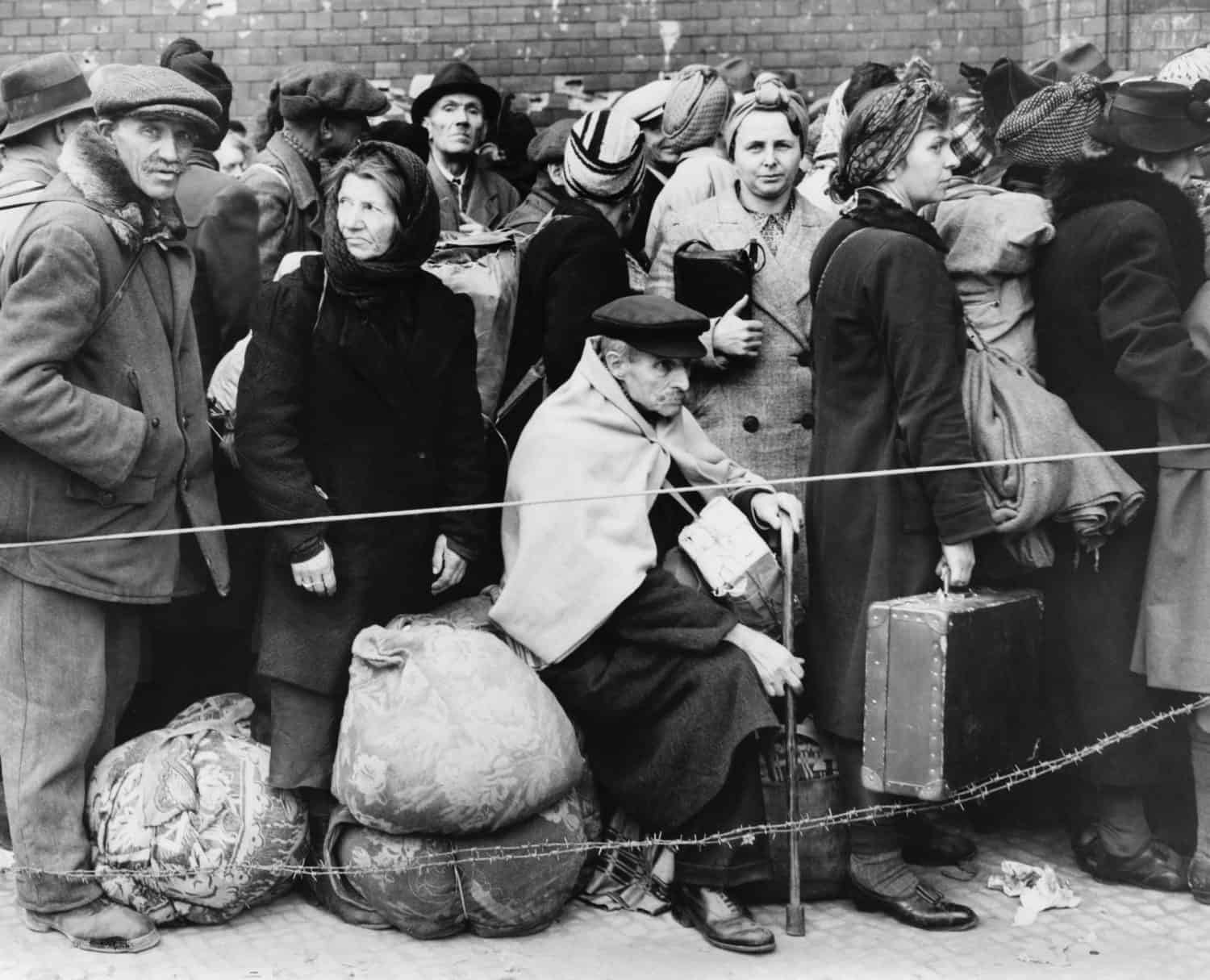
Hitler rose to power in Germany while the world was suffering through the Great Depression and unwilling to confront his repeated violations of the Treaty of Versailles. This allowed Germany to rebuild a mighty war machine in plain sight. Most troubling, the world stood by as the Nazis oppressed the Jews in increasingly violent ways, finally culminating in full-scale Holocaust of 6 million Jews.
Austria
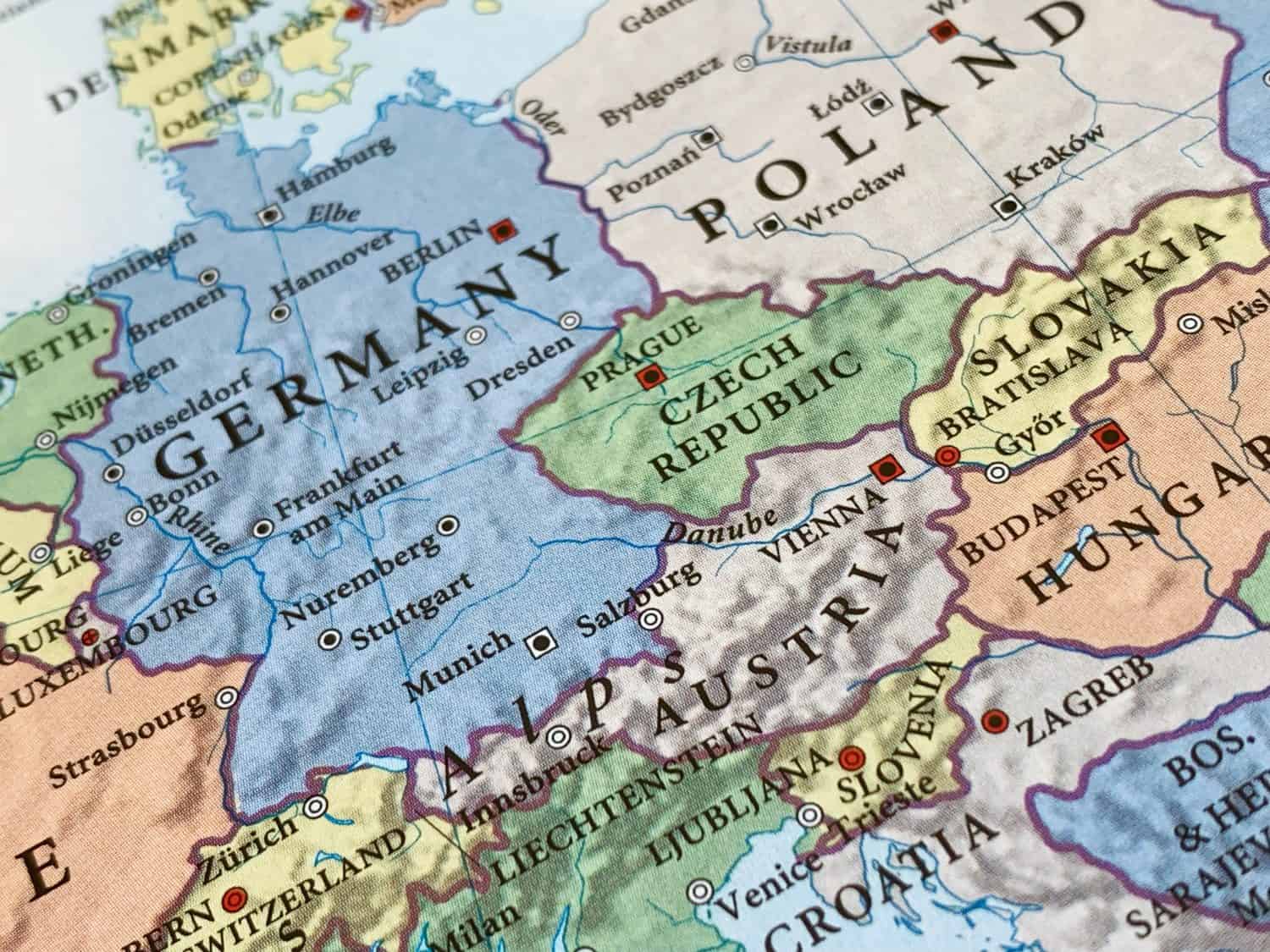
In the build-up to World War II, Germany annexed Austria, which was immediately to its south and also German-speaking. This was called the Anschluss. The occupation started on March 12, 1938 and ended in April 1945. After the war, Austria was also divided into different zones of Allied occupation as Germany was, in punishment for its complicity in Nazi crimes.
Czechoslovakia
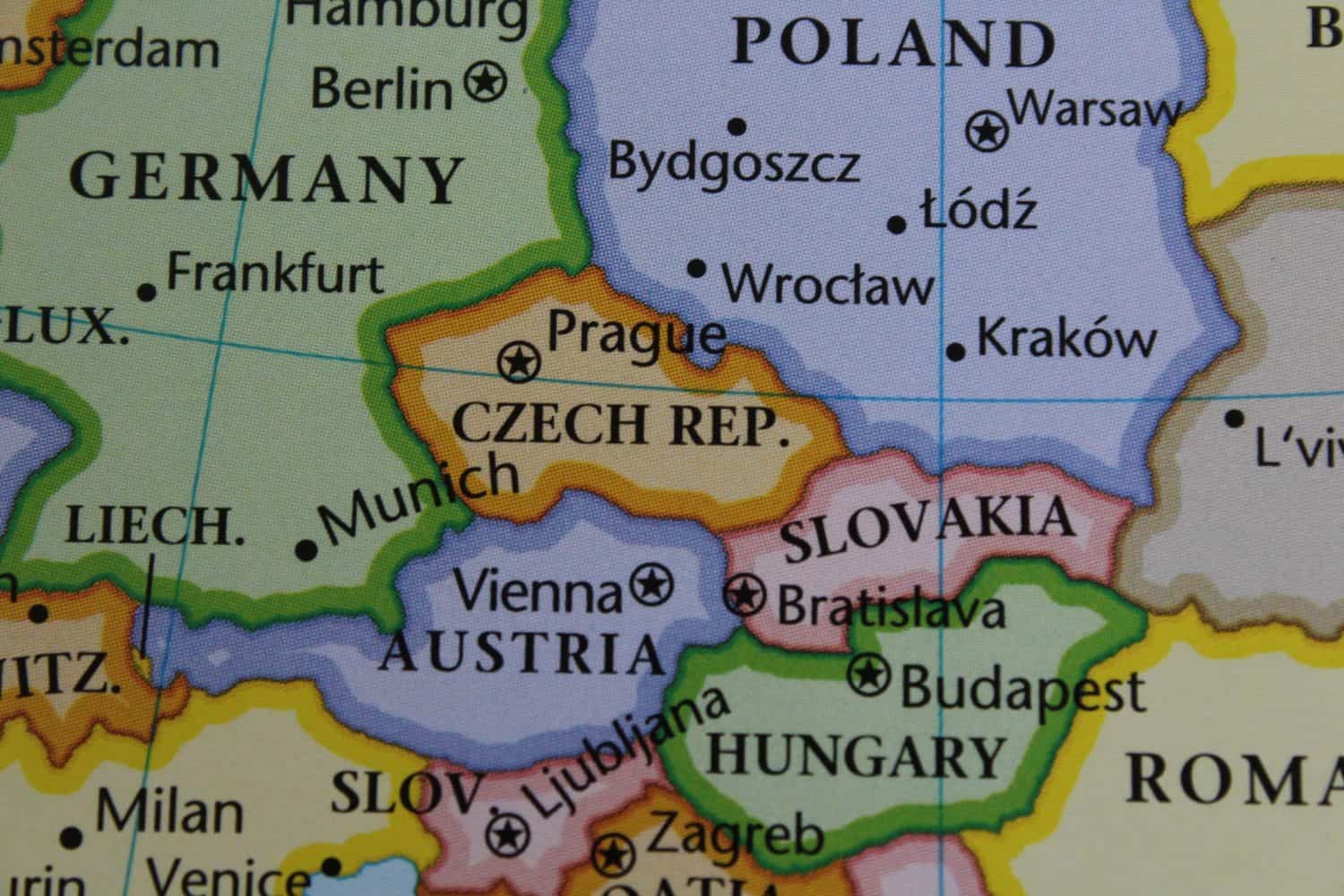
Hitler turned next to Czechoslovakia, a country that had created out of the northern part of the Austro-Hungarian empire after World War I. This occupation happened in stages, starting with the ethnically German Sudetenland border region in October 1938. Meeting no resistance from the Western powers, Germany annexed Bohemia and Moravia on March 15, 1939 and split off Slovakia as a puppet state, independent in name only. Czechoslovakia was liberated from German occupation by the Soviets in 1945. Today it is divided into two countries: The Czech Republic (or Czechia) and Slovakia.
Poland
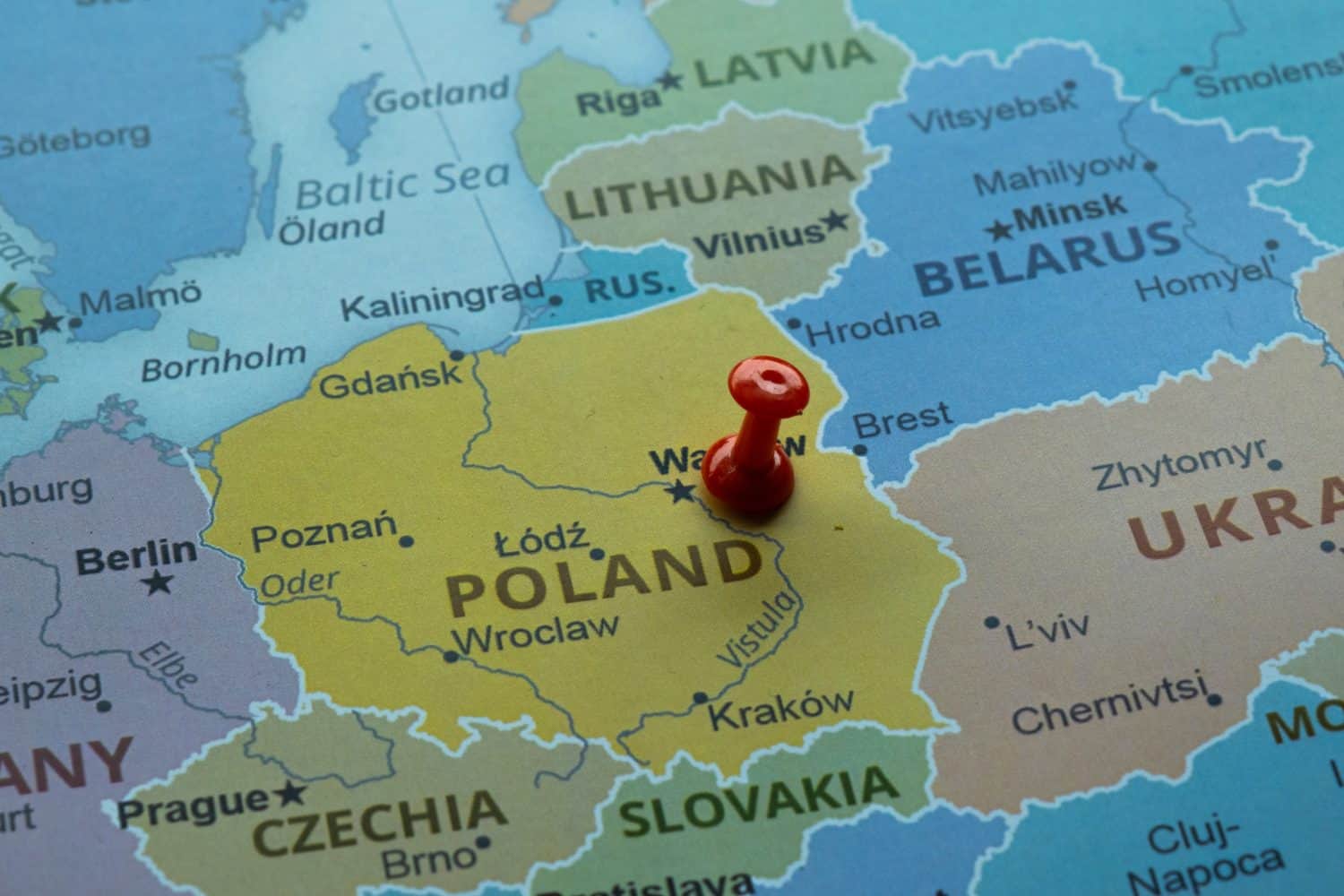
After a secret agreement with the Soviet Union, Germany rolled into Poland on Sept. 1, 1939, finally provoking the United Kingdom and France to declare war. The Soviets occupied eastern Poland and kept it after the war, compensating by giving the Poles German land to their west.
Denmark and Norway
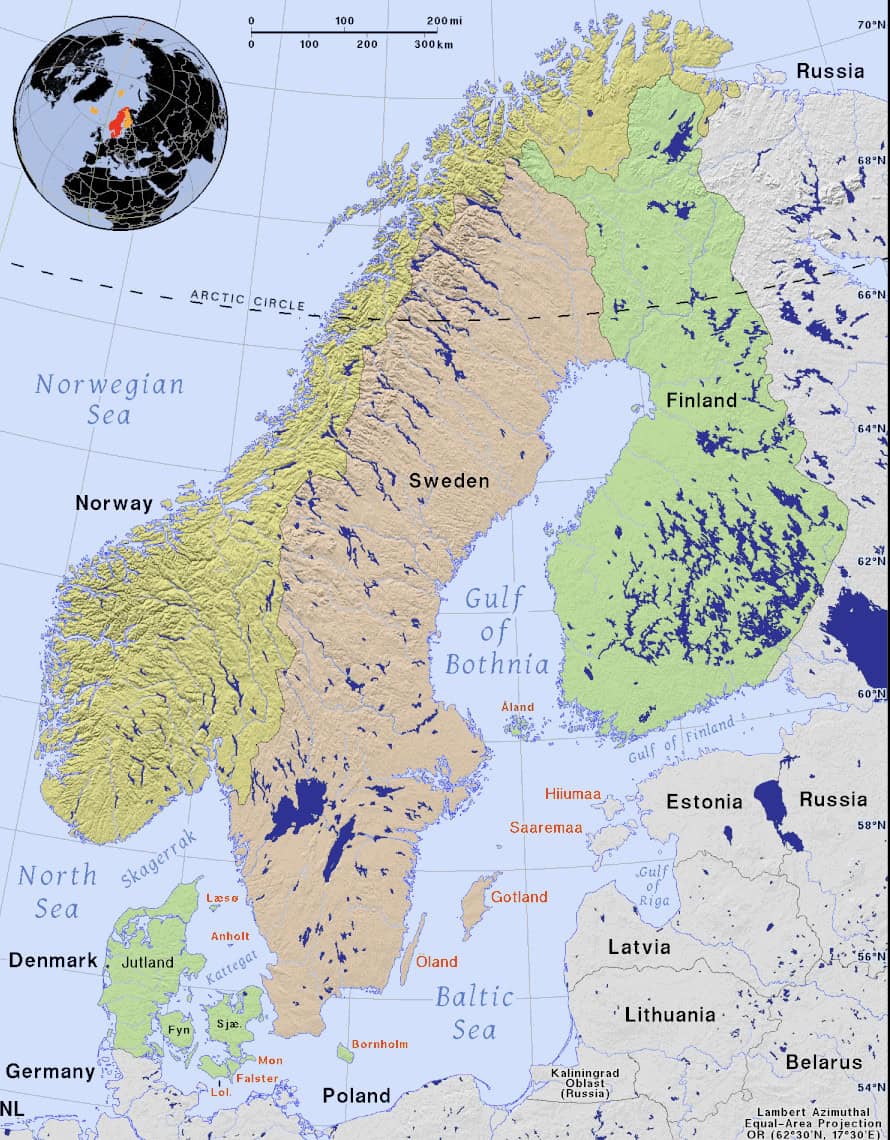
The Germans invaded Denmark and Norway on April 10, 1040 and occupied the country until May 1945. In order to protect their Jewish citizens, the Danes organized an impromptu flotilla of every navigable boat they could find to evacuate them to neutral Sweden in 1943. Nearly the whole Jewish population of the country, 7,200 people, were saved.
Belgium, the Netherlands, Luxembourg
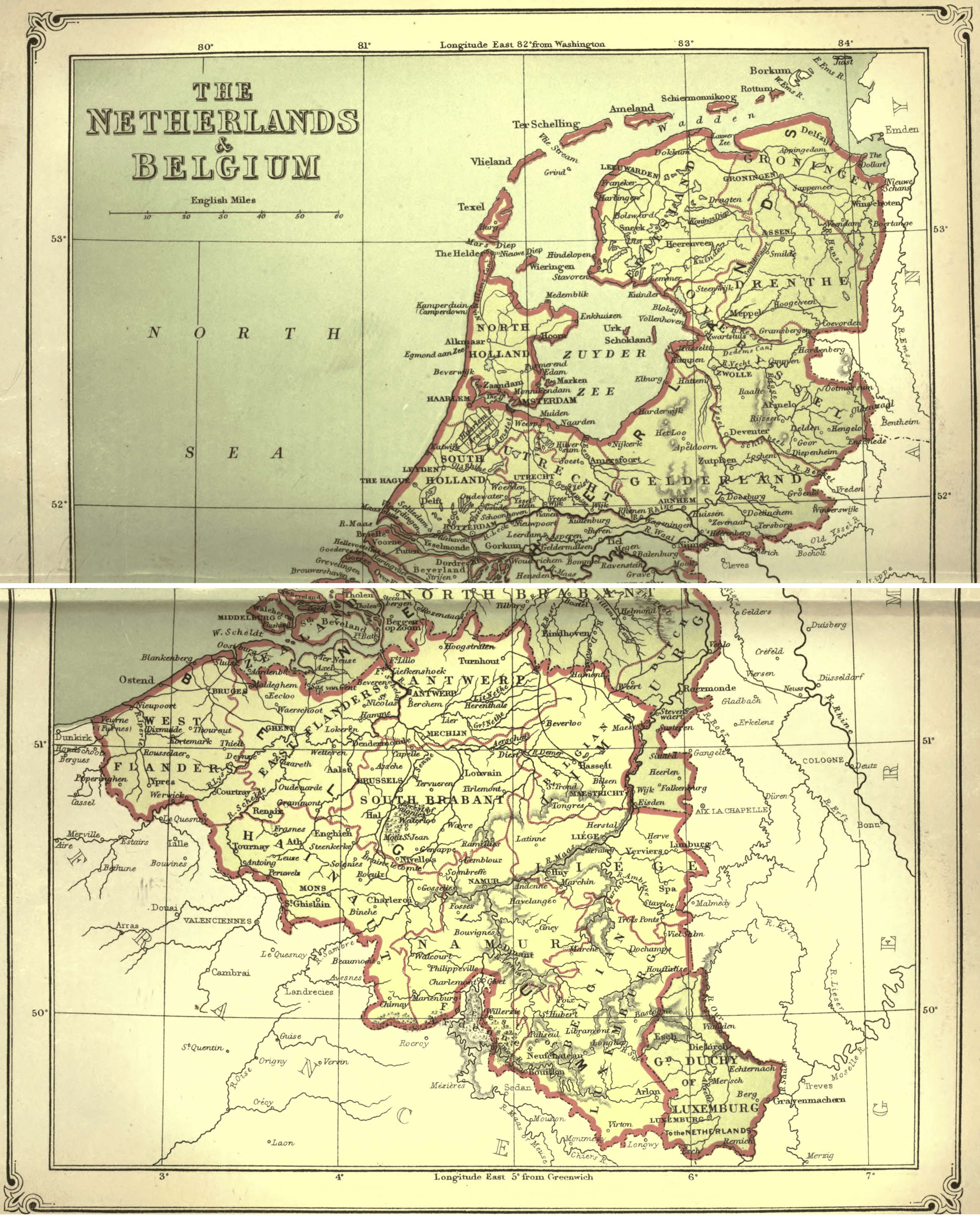
The German army easily rolled across the Low Countries: Belgium, the Netherlands, and Luxembourg in 1940 and pressed on into France. The Netherlands became particularly well-known for its organized resistance to the Nazis because of the internationally-acclaimed Diary of Anne Frank, written in Amsterdam.
France
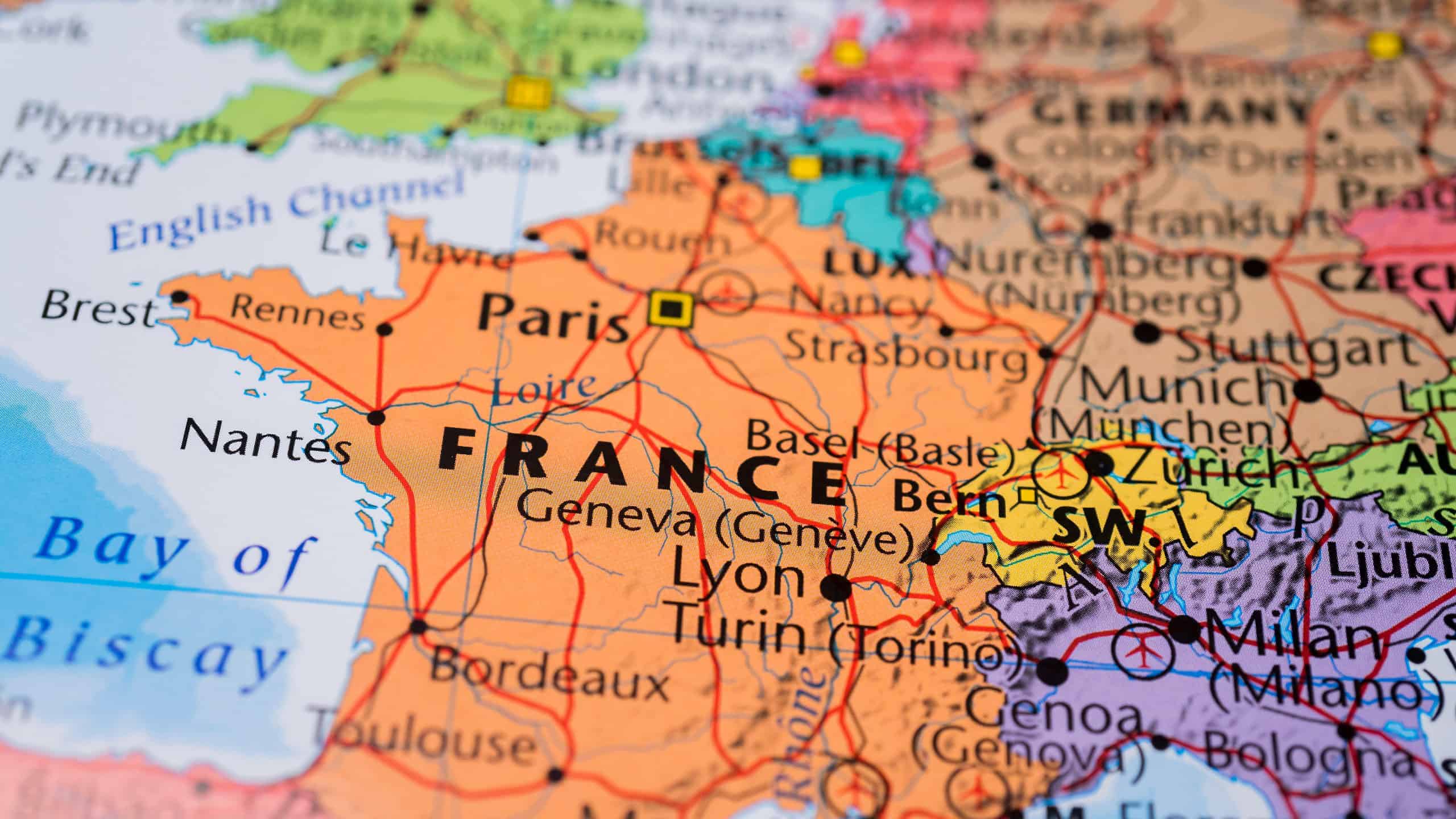
The French surrendered to the invaders in May, 1940 and were allowed to set up a puppet government in the south known as “Vichy France” while the Germans controlled the north and east. The French Resistance became legendary in its well-organized acts of espionage, sabotage, and smuggling people to safety.
North Africa
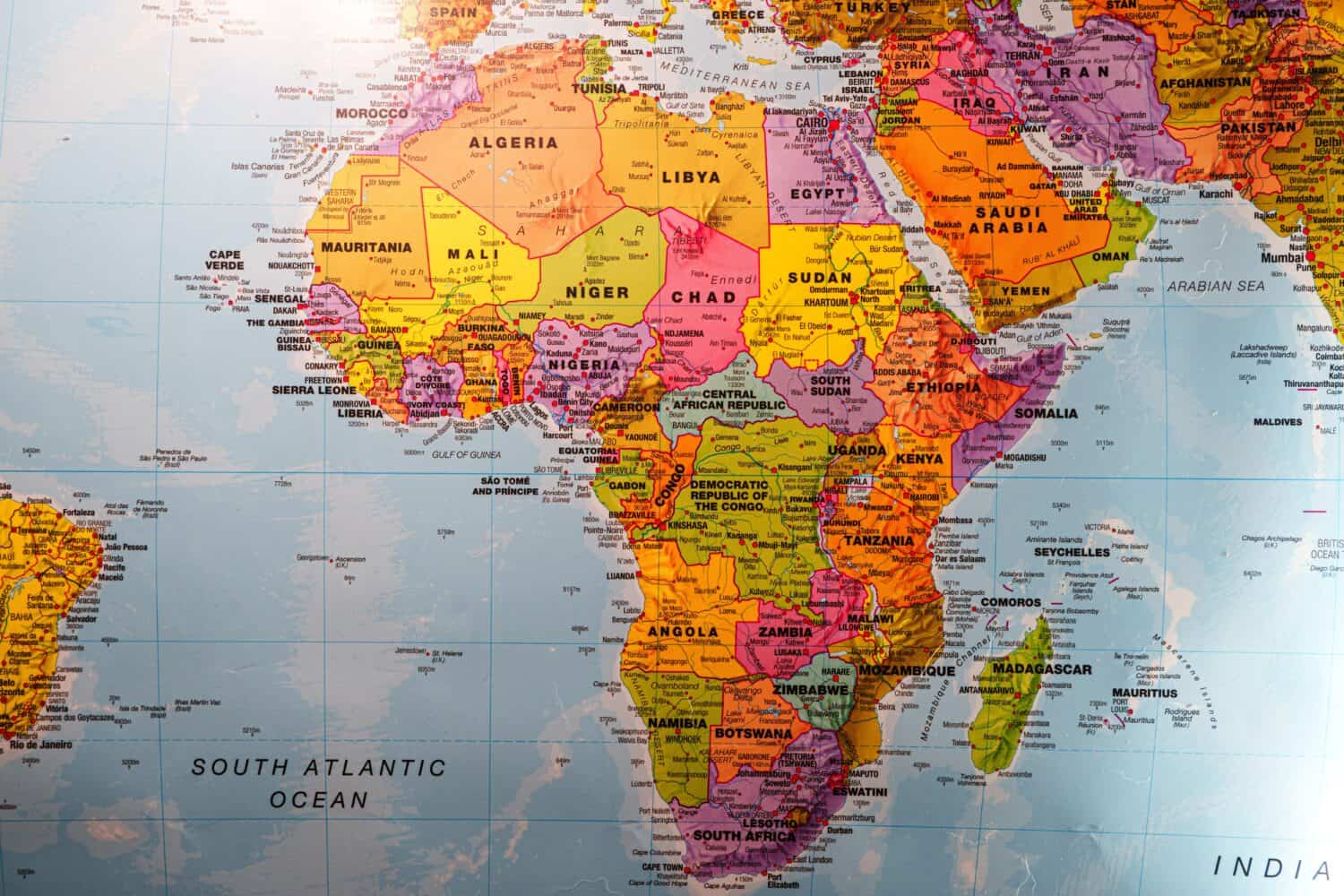
A year after the fall of France, Germany launched the Afrika Corps Campaign, which lasted from 1941-1943. Italy was having difficulty controlling the territories it had occupied in North Africa. German troops landed in Libya and fought into British-controlled Egypt, hoping to take control of the Suez Canal. After some initial successes they were beaten back, eventually all the way to Tunisia.
After the fall of France, the Vichy government continued to administer France’s colonies in North Africa, under German influence. In 1942 the Allies landed in North Africa and defeated both the Vichy French forces and German troops, liberating Morocco, Algeria, and finally Tunisia.
Yugoslavia
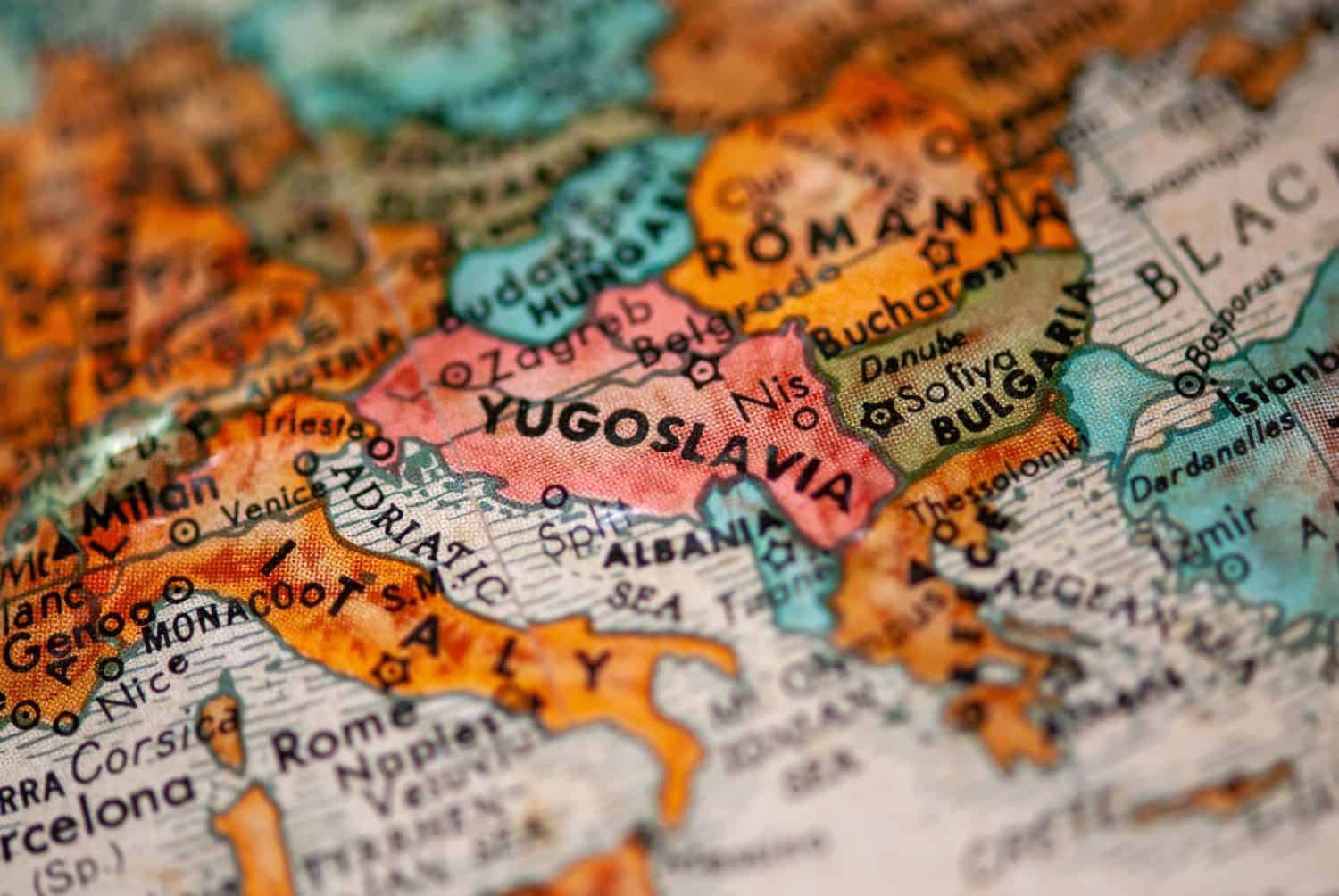
Yugoslavia was created at the end of World War I as a catch-all country for several smaller ethnic groups that the allies didn’t think would make viable countries on their own. The initial pro-Axis government in World War II was overthrown in a coup. Germany, Italy, Hungary, and Bulgaria all invaded and divided the country between themselves. A Nazi puppet government was set up in Croatia and carried out mass genocides of Serbs, Jews, and Roma people.
Two resistance movements fought the occupiers: communist partisans and a group of Serbian royalists called the Chetniks. The partisans succeeded in liberating most of the country by 1945 and their leader, Josip Broz Tito, became the new communist leader of the country. The Soviet Union had influence there, but because their troops had not occupied the country, Yugoslavia was able to chart a more neutral path between East and West. After Tito’s death the country fought a series of civil wars that produced the independent countries of Slovenia, Croatia, Bosnia and Herzegovina, Serbia, Kosovo, Montenegro, and North Macedonia.
Greece
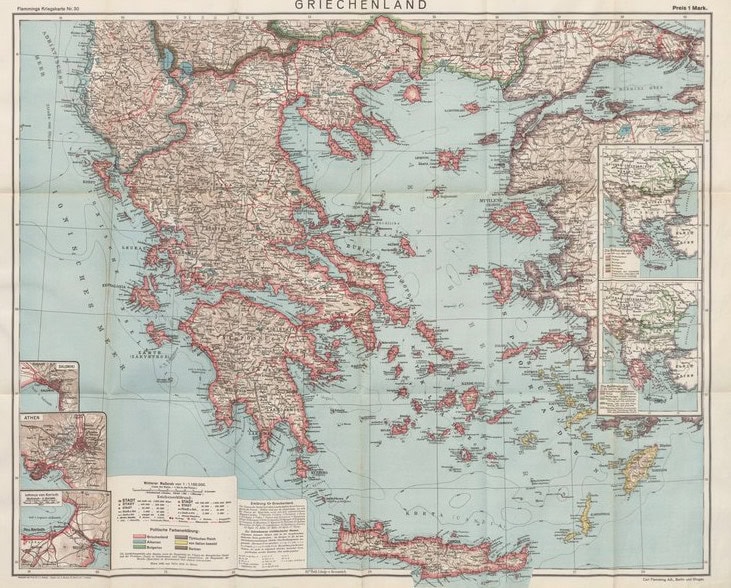
Italy was fighting Greece from occupied Albania but were losing, so Germany sent its own forces and soon defeated the Greek and British Commonwealth forces there. Greece was occupied from 1941-1944. Communist and anti-communist forces fought a civil war there from 1946-1949. Fear that communists would take the country over was one of the prompts for the United States to begin sending military and economic aid to rebuild Europe in the postwar Marshall Plan.
The Soviet Union
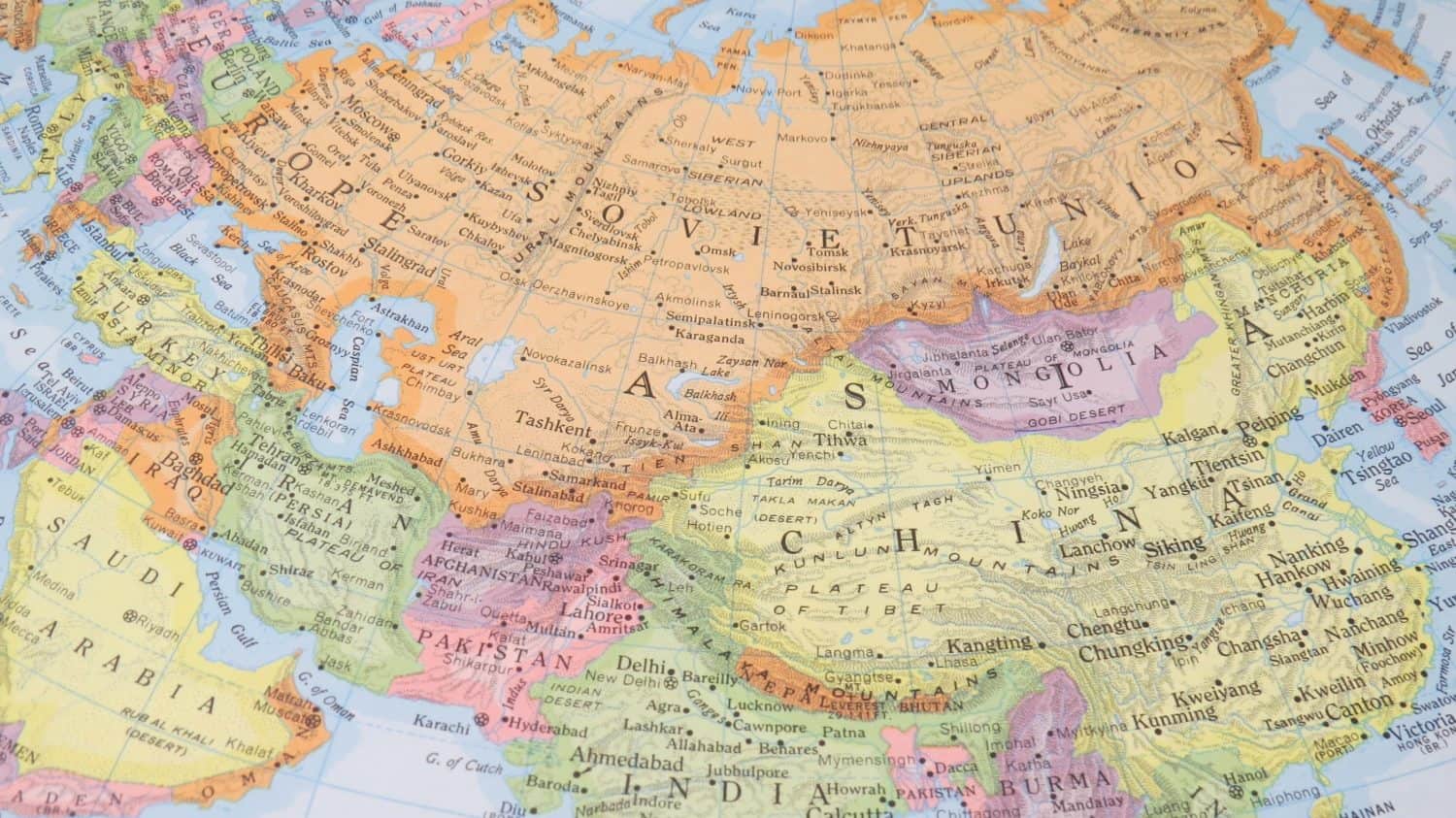
Stalin, the Soviet leader, thought he had protected his country by entering a secret agreement with the Germans to split Eastern Europe between them. It came as a huge shock to him when the Germans launched Operation Barbarossa on June 22, 1941 and invaded with 3 million German soldiers: the largest invasion in history. Germany was able to occupy most of the European part of the country but could not capture the major cities of Leningrad, Moscow, and Stalingrad. The weather and determined Soviet resistance turned the invasion back in 1943 until the Soviets entered Berlin in 1945.
Hungary
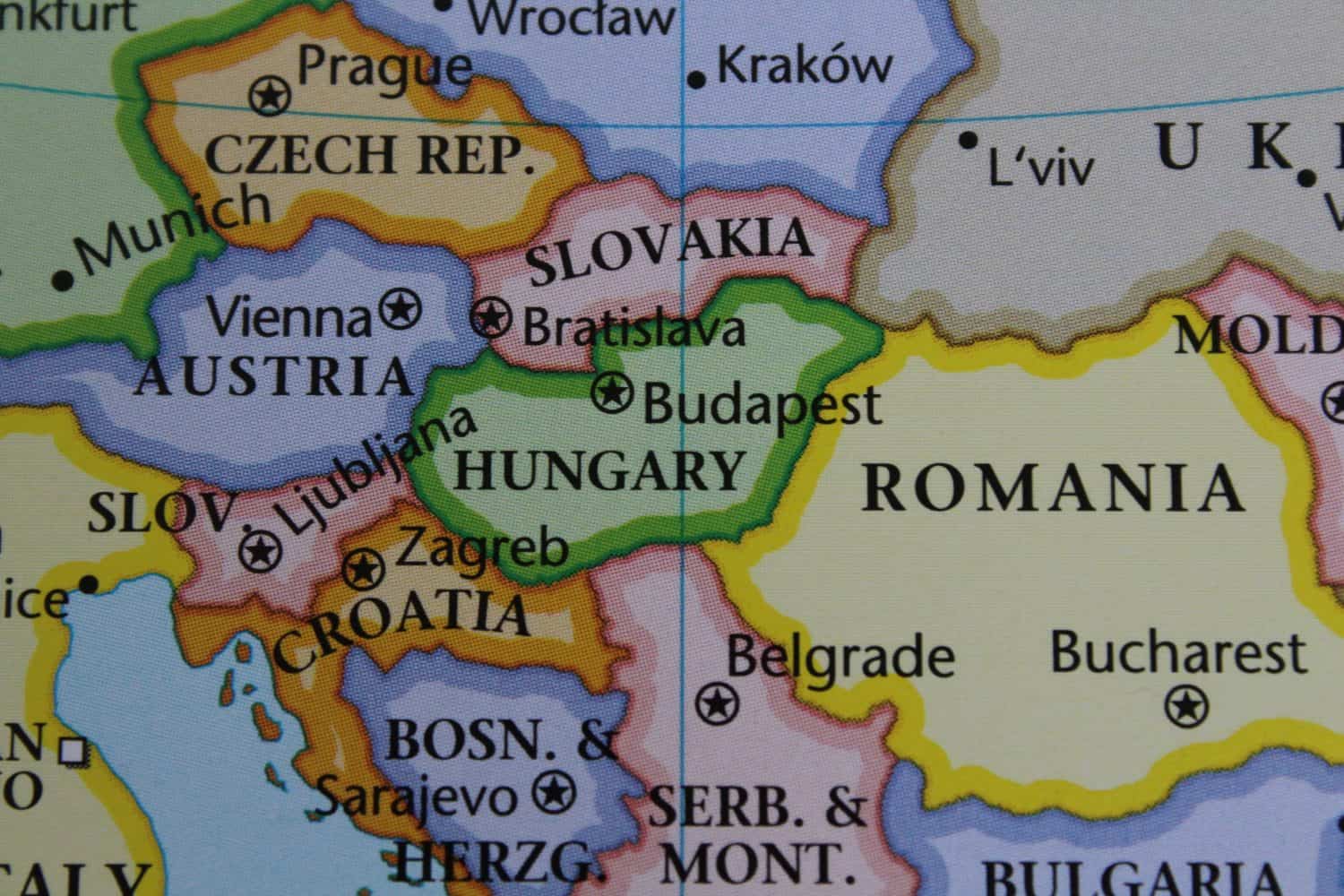
Hungary started out in the war as an ally of the Germans. Its troops assisted the invasions of Yugoslavia and the Soviet Union. But as the war was going badly for the Axis in 1944, the Germans invaded to prevent it from switching sides. One of the great tragedies of this was that the Hungarian government had refused to turn over its Jewish population to the Germans for execution, but once the Nazis had occupied it, they deported about 437,000 Hungarians to death camps, where most of them were murdered.
Italy
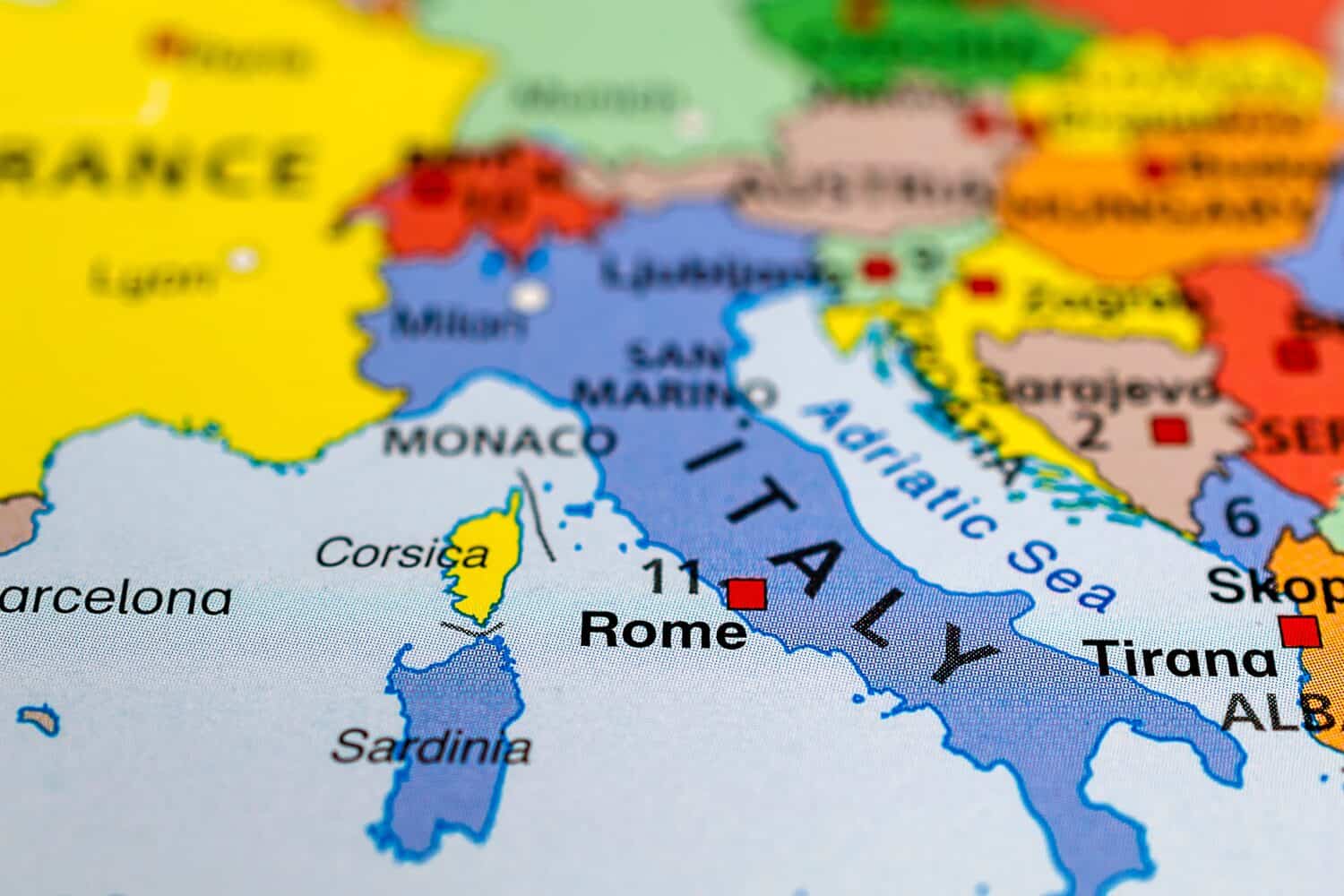
Under the fascist dictatorship of Benito Mussolini, Italy was a key German ally in the war. Mussolini wanted to expand its control in Africa and southern Europe, but his armed forces were not trained and equipped well enough to realize all of his ambitions. Germany had to divert some of its own troops into North Africa, Yugoslavia, and Greece, and this delayed their invasion of the Soviet Union and contributed to their defeat there in the harsh winter.
Mussolini was overthrown in 1943 and Italy switched sides and joined the Allies. Germany occupied the northern part of the country and re-installed Mussolini there as the leader of a puppet state. The Allies took over the south, and the country was a battleground until the north was liberated by the allies in 1945.
Albania
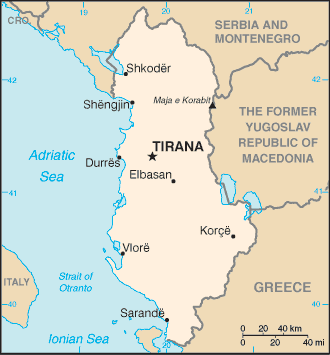
Mussolini’s Italy invaded and annexed Albania in 1939. They tried to use it as a base to invade Greece without much success and required German assistance to defeat the Greeks and British Commonwealth forces. Germany took control of Albania when Italy surrendered to the Allies in 1943. Like neighboring Yugoslavia, Albania liberated itself through communist partisans. After the war it was reclusive and resisted Russian influence by accepting assistance from China. The communist government was finally overthrown in 1991.
Romania
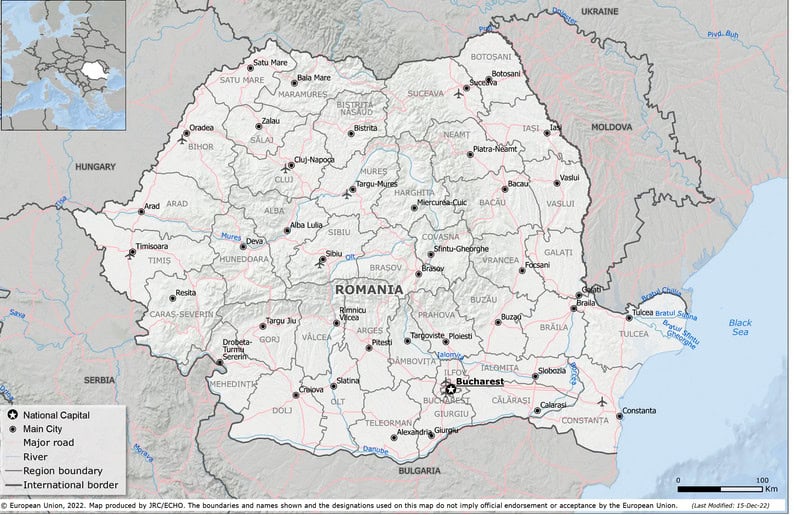
Romania tried to remain neutral at the beginning of the war, but lost territory in 1939 to the Soviet Union and in 1940 to Hungary and Bulgaria, which were allies of Germany. As a result, Romania joined the Axis in hopes of regaining its land. Its troops joined the German invasion of the Soviet Union. In 1944 a coup over threw the government and Romania switched sides to join the Allies, then fought alongside the Soviets against the Germans. After the war, the Soviet Union installed a puppet government there.
Bulgaria
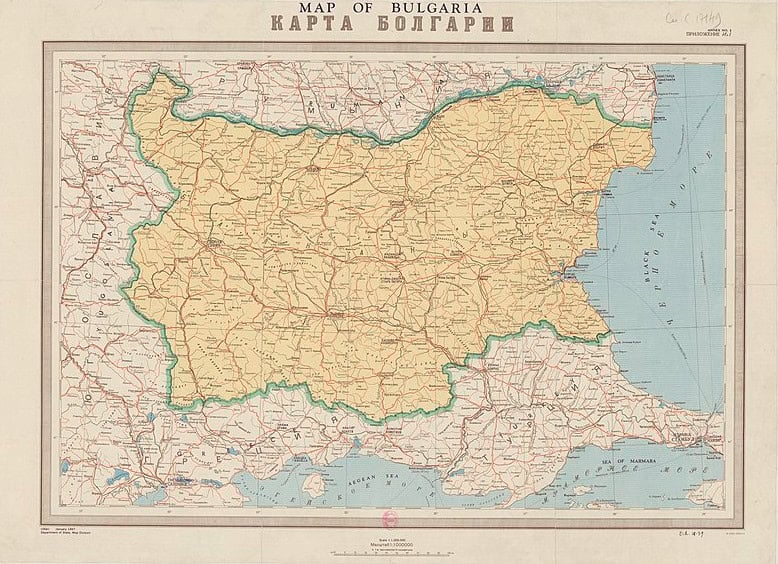
Bulgaria joined the Axis in 1941 and assisted the Germans in their occupation of Greece. With German acquiescence, it also took territory from Romania. Bulgaria switched sides in 1944 as the tide started to turn in favor of the allies. It was occupied by the Russians at the end of the war and became a communist puppet state.
The Legacy of World War II
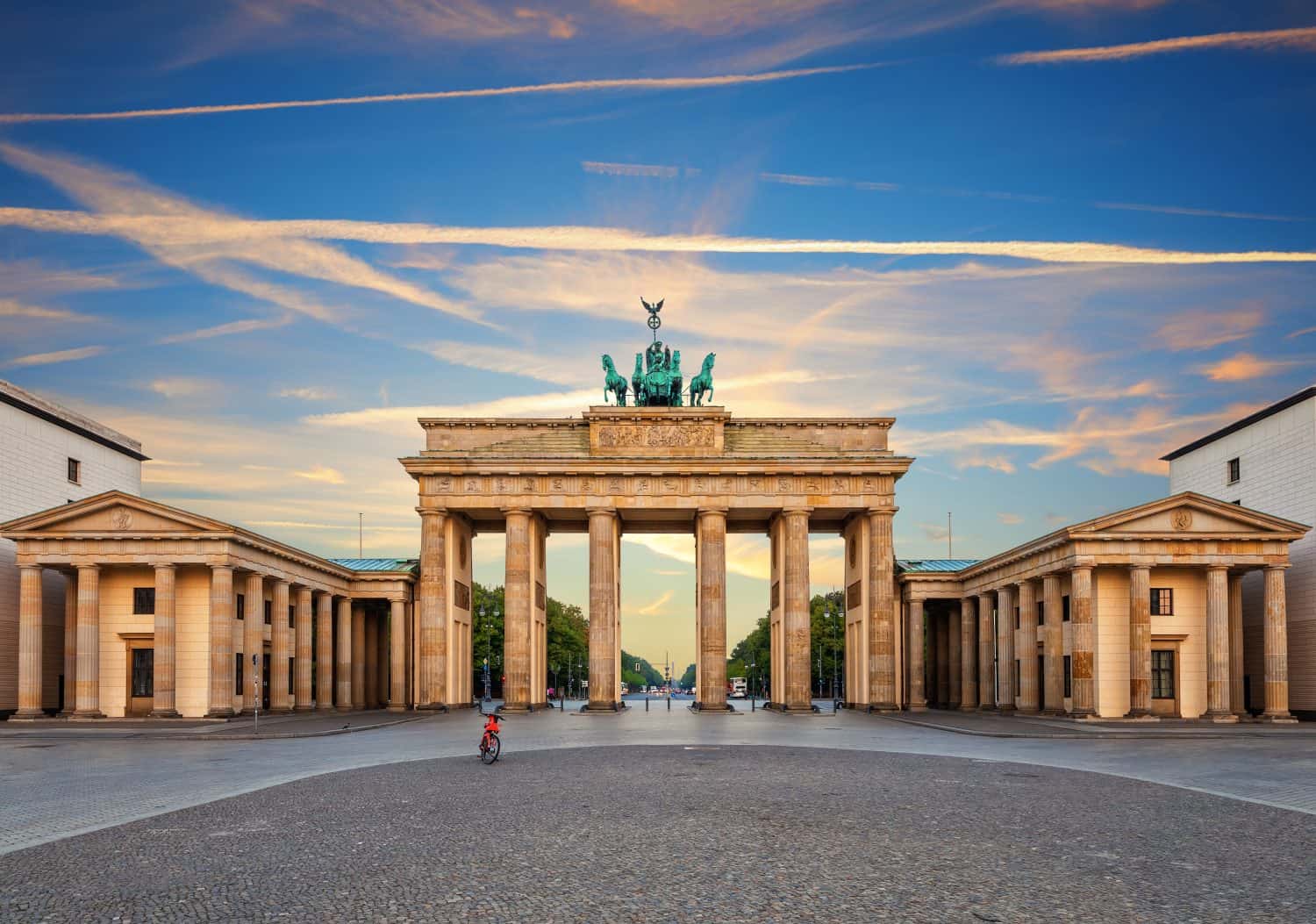
After the war, the continent was politically realigned for the Cold War. The Soviet Union refused to demobilize from occupied Eastern Europe. Instead, it installed communist governments and established a rival alliance, the Warsaw Pact. The Iron Curtain fell across the heart of Germany, which was divided into a rival democratic West and a communist East. Berlin, located in the center of East Germany, was a microcosm of the whole country, as it, too, was divided into eastern and western zones separated by the Berlin Wall.
The Cold War produced a terrifying nuclear arms race that could have ended all life on the planet at a moment’s notice. Yet, remarkably, it ended with a whimper instead of a bang. Unable to keep up with western economic and military power, the Soviet Union unsuccessfully tried to reform itself, but imploded instead. All the countries of Eastern Europe overthrew their governments and over time became members of NATO. The Soviet Union itself collapsed into 15 separate countries.
But in the end, Germany came out on top, reuniting in 1990 and growing into one of the most stable and prosperous countries in Europe. And, despite all that troubling history, today it has managed to become one of the most popular and admired countries in the world: not because of its conquests, but because of the constructive postwar role it has played in the peace and prosperity of the continent and the world.
Take Charge of Your Retirement In Just A Few Minutes (Sponsor)
Retirement planning doesn’t have to feel overwhelming. The key is finding expert guidance—and SmartAsset’s simple quiz makes it easier than ever for you to connect with a vetted financial advisor.
Here’s how it works:
- Answer a Few Simple Questions. Tell us a bit about your goals and preferences—it only takes a few minutes!
- Get Matched with Vetted Advisors Our smart tool matches you with up to three pre-screened, vetted advisors who serve your area and are held to a fiduciary standard to act in your best interests. Click here to begin
- Choose Your Fit Review their profiles, schedule an introductory call (or meet in person), and select the advisor who feel is right for you.
Why wait? Start building the retirement you’ve always dreamed of. Click here to get started today!
Thank you for reading! Have some feedback for us?
Contact the 24/7 Wall St. editorial team.




